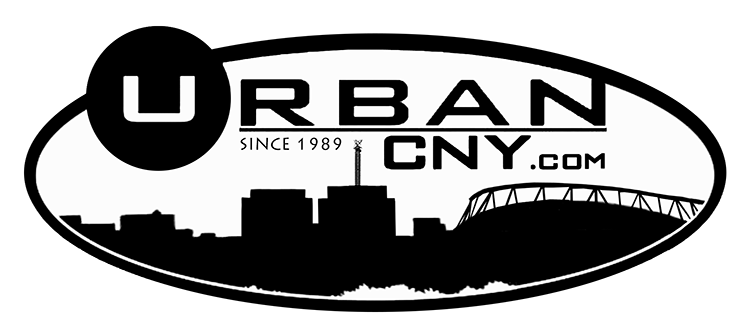Also, if your prices aren’t aligned with your business goals, it might be hard to get the desired results. To avoid overcosting or undercosting your products or services, you should first understand your business goals and the needs of your target market. Before deciding, each business must weigh the risks and consequences of overcosting or undercosting its products or services. There is no right or wrong answer, but businesses must know the risks of either pricing strategy. On the other hand, if businesses undercost their products or services, they may be unable to cover their costs and lose.
Whether the calculation is for forecasting or reporting affects the appropriate methodology as well. Product costs are treated as inventory (an asset) on the balance sheet and do not appear on the income statement as costs of goods sold until the product is sold. Get a high-level view of costs and other metrics with our real-time dashboard. It automatically collects data, which is displayed in easy-to-read graphs and charts. You can generate reports on costs, timesheets, workload and more and they’re easy to share with stakeholders to keep them updated.
How Should Business Owners Set Their Prices?
By understanding the product cost, a company can make informed decisions on reducing waste and increasing efficiency. The costs that are not classified as product costs are known as period costs. These costs are not part of the manufacturing process and are, therefore, treated as expense for the period in which they arise.
These costs are capitalized as inventory and become part of the cost of goods sold when the product is sold. Work-In-Progress (WIP) is a term used in manufacturing to describe products that are partially complete and still undergoing production. It includes raw materials, partially finished goods, and labor costs incurred during the production process. Product costing is done by identifying and calculating all the costs involved in producing a product, such as direct material costs, direct labor costs, and overhead costs.
What Is A Product Cost? Explained, Types, and Examples
However, their place in the costing equation is guaranteed by the very role they play. Keeping inventory for an extended period – whether completed goods or raw resources – may quickly add up. Incentives — bonuses to employees may still be less expensive than paying overtime and other staff expenses. Responsibility for effectiveness – increasing productivity through active performance management. Your time should undoubtedly be taken into account and factored into your cost. LogRocket identifies friction points in the user experience so you can make informed decisions about product and design changes that must happen to hit your goals.
With LogRocket, you can understand the scope of the issues affecting your product and prioritize the changes that need to be made. LogRocket simplifies workflows by allowing Engineering and Design teams to work from the same data as you, eliminating any confusion about what needs to be done. Evaluating your expenses can help you determine whether you’re getting the most value out of them or need to consider alternatives.
Product cost calculation examples
In addition to categorizing costs as manufacturing and nonmanufacturing, they can also be categorized as either product costs or period costs. This classification relates to the matching principle of financial accounting. Therefore, before talking about how a product cost differs from a period cost, we need to look at what the matching principle says about the recognition of costs. In summary, the difference between product costs and period costs is that product costs are directly tied to the production of a specific product. In contrast, period costs are not directly connected to the production of a particular product and are expensed in the period in which they are incurred. If you’re unsure where to start, consider using a pricing strategy like value-based pricing.
The Sunk Cost Fallacy – Passive Income MD
The Sunk Cost Fallacy.
Posted: Sun, 25 Jun 2023 03:28:13 GMT [source]
Direct costs for manufacturing an automobile, for example, would be materials like plastic and metal, as well as workers’ salaries. Indirect costs would include overhead such as rent and utility expenses. Total product costs can be determined by adding together the total direct materials and labor costs as well as the total manufacturing overhead costs. To determine the product cost per unit of product, divide this sum by the number of units manufactured in the period covered by those costs. Data like the cost of production per unit can help a business set an appropriate sales price for the finished item.
Review your prices regularly
You can calculate the average cost by figuring out the total cost of production and then dividing that sum by the number of units you produced. The cost of production of those products isn’t as straightforward as it might seem. The sum total investment that it takes for a business to create a good or service can be surprising. By understanding these misconceptions, manufacturing organizations can make more informed decisions about product costs. By taking these steps, manufacturing organizations can improve their understanding and tracking of production costs. This can help them to make more informed production decisions and improve their profitability.
Managers may change product costs to remove the overhead component when making short-term production and sale-price decisions. A product cost is an expense capitalized as inventory when it gets incurred to manufacture a product. In other words, these costs https://turbo-tax.org/are-subject-to/ are required to make a finished good and are capitalized on the balance sheet since they will benefit the company in the future. If you are thinking of undercosting your products or services, weighing the risks and potential consequences is important.








